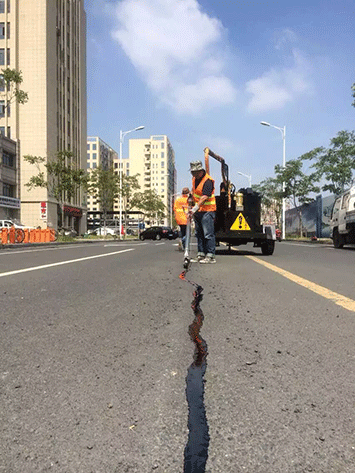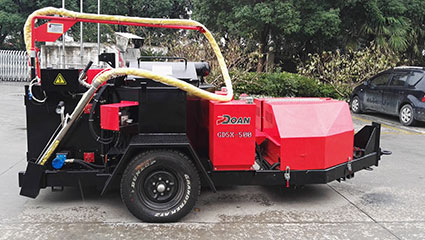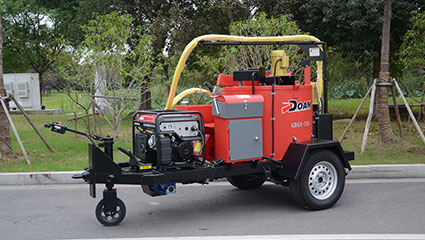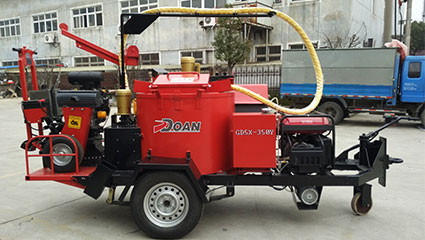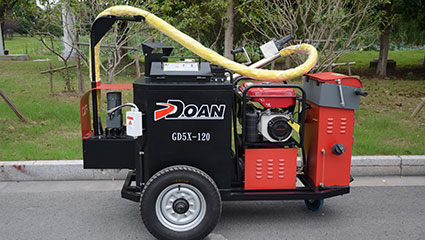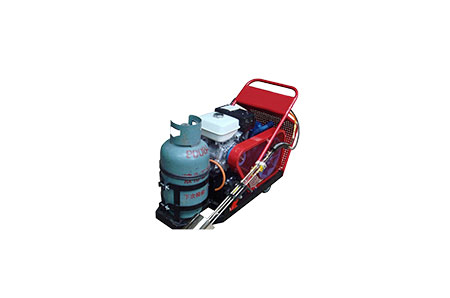1.Crack
Pavement Cracks can be divided into a crack (crack Net), longitudinal cracks, transverse cracks.
⑴Pavement Structure and Materials Composition
The thickness of the bituminous material in the pavement structure bigger, the greater the amount of permanent deformation occurs in the deformation driving action. Therefore, the thickness of the pavement structure both have enough carrying capacity, but also has good resistance to rutting. Rigid or semi-rigid, can greatly reduce the base layer and subgrade deformation, thereby reducing the overall rutted pavement. Asphalt mixture has a certain creep and stress relaxation phenomenon in traffic loads, when the force of asphalt beyond its elastic limit and yield point, it is possible to produce plastic deformation, accumulation rut. Rut also have a certain relationship with the mix of options.
⑵Design and Construction
Asphalt Mixture ratio Mix base material and subgrade soil composition, such as design, are likely to affect the generation of rutting. Whether the degree of compaction during the construction of roadbed, drainage, primary compaction, pavement thermal stability to specifications will also affect the generation of rutting.
⑶Road traffic conditions
A large number of heavy or overloaded vehicles on the road due to its uniaxial load increase, and thus more prone to rutting. At the same reason wheels continue to wear the road, especially in the main lane vehicle traveling more, also produced in the ruts.

